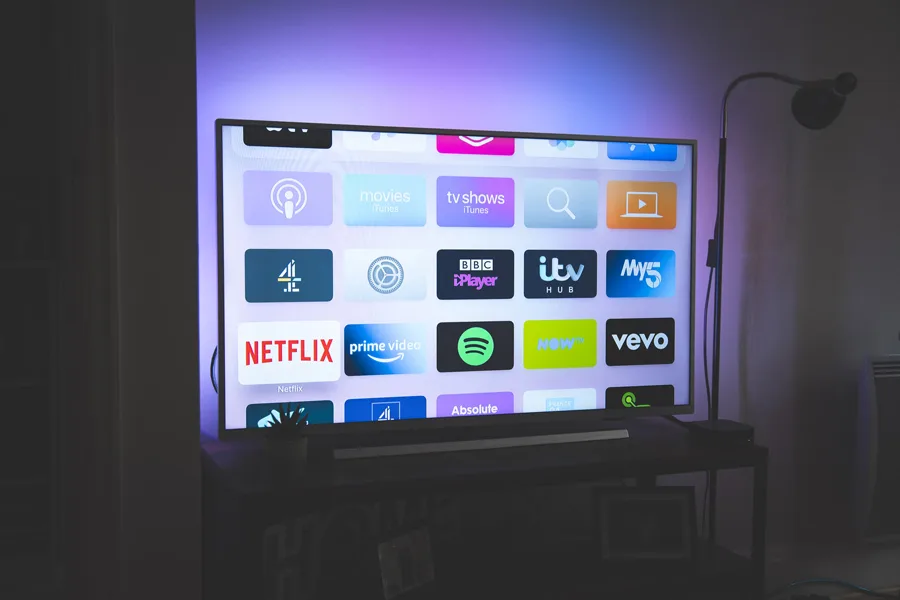3 minute read
Smart TVs continue to dominate as more people make the switch from dumb TVs to better models capable of surfing the internet. They are the most popular smart home component, and now Inscape’s TV Market Trends Report shows that they are fast becoming the new home of streaming.
Entertainment Moves Online
If smart TVs are becoming the home of streaming, it’s due to one thing – their online connectivity. Across many industries, and especially entertainment-based ones, there has been a move from traditional media to the online world. This started back in the late ‘90s, where early sites started to offer digital casino games. That led to the iGaming industry today, where a wide variety of games are available to those with an internet connection, from interactive poker tables to digital roulette wheels like Spin Till You Win. Alongside the iGaming industry, retail providers moved online to form the gigantic e-commerce industry. Then, in the 2010s, Netflix rose to prominence and made video-on-demand streaming the new, trendy, and convenient way to catch TV shows and movies.
Hardware caught up with this shift, with phones being the first gadgets to go smart. Decades later, we’re now giving the same treatment to household TVs, thermostats, and even coffee machines. All of our appliances are getting smarter as they join the Internet of Things, but smart TVs are the most popular, probably because they’re the centrepiece of most living rooms. Now, a leading market report confirms that more than half of smart TV owners get their content exclusively from streaming through the internet.
Inscape’s TV Findings
These new findings come from Inscape’s TV Market Trends Report for the first quarter of 2024, which had expansive opt-in access to 23 million smart TVs across America. From that sample, they found that 58% had only received content through online streaming. That means they didn’t watch cable, over-the-air TV or satellite broadcasting at all for 2024’s first quarter. Commenting on this stat, Inscape adds that it’s the largest quarterly increase in a metric since over two years ago when many people had a reason to stay inside.
This finding is notable because, unlike some other devices, smart TVs have the best of both worlds. They can access cable while simultaneously using apps to trawl online content. When given that choice, more than half chose their favourite streaming services and never interacted with the other options. Filling out the rest of the figures, 46% of viewers watched from all sources while 5% used their smart TV to access traditional programming, without delving into streamed content.
Inscape’s report tracks more than just viewership metrics. It also tracks how long viewers engage with their TVs. For this quarter, they found that streaming made up 57% of time spent with the TV. At the end of 2023, that figure was more or less the same at 58%, showing watch time has plateaued.
The report also talks about trends inside the TV and marketing industry, namely how subscription platforms have leaped on ad-supported tiers for their services. That, along with FAST channels becoming more popular, shows that cheaper plans are more popular with audiences. This matches punditry from the streaming industry that claims it’s becoming a saturated market, and that consumers don’t want to spend on multiple high-priced premium subscriptions. Whatever bumps in the road the streaming industry faces, it seems that smart TVs will be its home for the foreseeable future.





